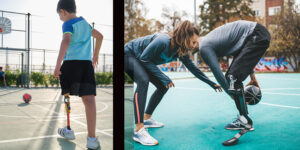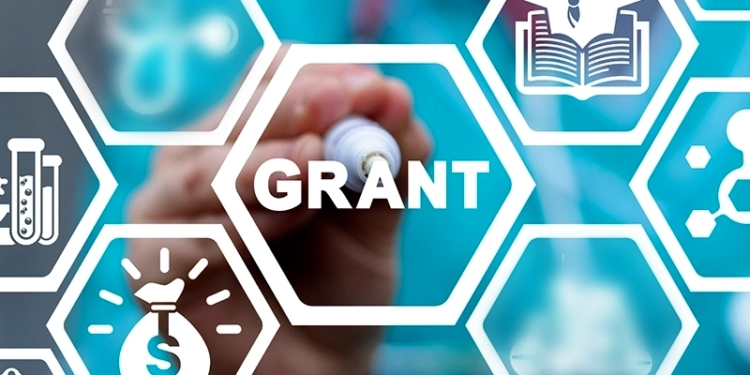 When Maine passed a law in May 2022 requiring insurers to approve claims for recreational prosthetic devices for children under 18, a ripple began spreading across the country.
When Maine passed a law in May 2022 requiring insurers to approve claims for recreational prosthetic devices for children under 18, a ripple began spreading across the country.
The Maine victory gave rise to a joint policy and advocacy initiative from the American Orthotic Prosthetic Association (AOPA), the National Association for the Advancement of Orthotics and Prosthetics (NAAOP), the Amputee Coalition, and the American Academy of Orthotists and Prosthetists (the Academy) dubbed So Kids Can Move. Advocates in other states quickly took note of the Maine law, called “An Act to Improve Outcomes for Persons With Limb Loss,” and began drafting similar legislation. While the details of each state’s proposed bills differ, the mission is the same: to provide access to the prosthetic devices that allow children to be physically active.
Support authors and subscribe to content
This is premium stuff. Subscribe to read the entire article.





